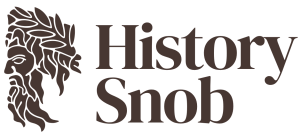Women Who Shaped Science
The concept of women in STEM is not a new one. When most people are asked to name a female scientist, we'd bet their answer would be Marie Skłodowska-Curie, but women have been scientists since the beginning of time. Here are 20 female scientists you should know.
 Alfred Edward Chalon on Wikimedia
Alfred Edward Chalon on Wikimedia
1. Lise Meitner
Speaking of Madame Curie, Austrian-Swedish Lise Meitner was dubbed "the German Marie Curie" by Einstein himself. Meitner was the first woman to be a professor of physics in Germany, though the Nuremberg Laws and Anschluss forced her to flee her home. Meitner discovered nuclear fission while in exile, but it was her male collaborator who won the Nobel Prize
 Unknown authorUnknown author on Wikimedia
Unknown authorUnknown author on Wikimedia
2. Barbara McClintock
Barbara McClintock. somewhat ironically, first became interested in genetics while she was studying corn (maize) at Cornell University. McClintock discovered that, in addition to mutating, chromosomes could jump or change positions. Unlike many of the scientists on this list, McClintock was both recognized and rewarded for her discovery, winning the Nobel Prize in 1983.
 Smithsonian Institution/Science Service; Restored by Adam Cuerden on Wikimedia
Smithsonian Institution/Science Service; Restored by Adam Cuerden on Wikimedia
3. Alice Ball
Until the 20th century, Hansen's Disease (better known as leoprosy) was highly stigmatized; Alice Ball developed the first effective treatment for it. In less than a year, Ball had successful synthesized a leoprosy treatment from Chaulmogra oil, which was injectable and absorbable by the skin. Tragically, Ball passed away at just 24.
 Unknown authorUnknown author on Wikimedia
Unknown authorUnknown author on Wikimedia
4. Annie Jump Cannon
Back when "computers" referred to women processing large amounts of math and data, Annie Jump Cannon revolutionized the way people saw the stars. Cannon created the Harvard Classification Scheme, an interstellar census. Cannon could classify three stars a minute using only a magnifying glass, for a total of 350,000 stars in her lifetime, a world record!
 Schlesinger Library, RIAS, Harvard University on Wikimedia
Schlesinger Library, RIAS, Harvard University on Wikimedia
5. Gerty Cori
Gerty Cori, with her husband Carl, proposed a cycle showing how the body turns carbohydrates into lactid acid through chemical reactions. Working with her husband posed an interesting problem to Cori; while there was no question of him stealing her research, the pair were formally discouraged from collaborating by other academics. Cori became the first female Laureate in medicine in 1947.
 Smithsonian Institution from United States on Wikimedia
Smithsonian Institution from United States on Wikimedia
6. Chien-Shiung Wu
The only Chinese person involved with the Manhattan project, Chien-Shiung Wu is called the Queen of Nuclear Research. While Wu was a professor at Columbia, she turned the laws of nature on their head when she disproved the law of conservation and parity. Wu was the first female president of the American Physical Society.
 Smithsonian Institution on Wikimedia
Smithsonian Institution on Wikimedia
7. Marthe Gautier
While Marthe Gautier is best-known for her work with genetics, her first passion was pediatrics. In the 1950s, it was speculated but not confirmed that people with Down Syndrome had extra chromosomes; Gautier was the first person to prove that they had 47. When her research was published, she was credited as a seconary author and her name was mispelled.
8. Mary Anning
A lot of children hunt for fossils in their yards, but Mary Anning actually found them, shaping early paleontology. Anning first discovered an Ichthyosaurus aged 12, and would go on to discover two pleisosaurs, coprolites, and pterosaurs. Despite her discoveries, Anning struggled financially throughout her life and was not allowed to join the Geological Society of London.
 Credited to 'Mr. Grey' in Crispin Tickell's book 'Mary Anning of Lyme Regis' (1996) on Wikimedia
Credited to 'Mr. Grey' in Crispin Tickell's book 'Mary Anning of Lyme Regis' (1996) on Wikimedia
9. Rosalind Franklin
Unfortunately, like many women on this list, Rosalind Franklin was not credited for her groundbreaking discoveries. In this case, Franklin uncovered the double helix structure of DNA, for which her male colleagues were given all the credit and a Nobel Prize. Franklin also made significant contributions to the studies of coal anf X-rays.
 MRC Laboratory of Molecular Biology on Wikimedia
MRC Laboratory of Molecular Biology on Wikimedia
10. Maria Mitchell
When the King of Denmark offered an award to the first person to discover a new comet, Maria Mitchell was determined to win it—and did! Mitchell was the first woman to be a professional astronomer in the United States, thanks in part to Quaker parents who encouraged her education. Mitchell advocated for the advancement of women throughout her life, opening the door for future astronomers.
11. Vera Rubin
Inspired by Maria Mitchell, Vera Rubin became the only astronomy graduate in her class. Rubin's work revolved around galaxy movement, which eventually led to the discovery of dark matter. An estimates 85% of the universe is made up of dark matter, and we have Vera Rubin to thank for shedding some light on its existence.
12. Marie Maynard Daly
Whenever you get your blood pressure checked, thank Marie Maynard Daly. Daly was the first to think high blood pressure with clogged arteries, which was an integral part of understanding heart attacks. Additionally, when doctors were still prescribing cigarettes, Daly's research was among the first to link cigarette smoke to lung cancer and hypertension.
 Queens College Silhouette Yearbook on Wikimedia
Queens College Silhouette Yearbook on Wikimedia
13. Jocelyn Bell Burnell
Joselyn Bell Burnell was completing her PhD in astrophysics when she discovered radio pulsars. We can think of pulsars as space lighthouse created from the husks of dead stars. Bell was awarded the Special Breakthrough Prize in Fundamental Physics in 2018; with the $3 million prize, she established a fund to support minority, female, and refugee research scientists.
14. Sophia Brahe
Sophia Brahe receives far less credit than her brother, Tycho, though both were famed astronomers in their time. Discouraged from studying astronomy, Brahe paid to have astronomy texts translated for her study, eventually collaborating with her brother. Brahe's research contributed to a heliocentric model of the universe, and she was put in charge of handling both astrology clients and the observatory while Tycho was away.
15. Ada Lovelace
Ada Lovelace was the first computer programmer over 100 years before computers! With her friend, Charles Babbage, Lovelace developed plans for a machine called the Analytical Engine, which could solve and store data from complicated math problems, though it was never built. Today, the second Tuesday of October is celebrated as Ada Lovelace Day.
 Alfred Edward Chalon on Wikimedia
Alfred Edward Chalon on Wikimedia
16. Emma Unson Rotor
The Atomic Bomb may have helped the Allies end WWII, but the detonation tech that made it possible came from the mind of a Filipino math teacher. Following the Japanese invasion of the Philippines, Emma Unson Rotor fled to America, where she was hired as a physicist. Rotor developed the proximity fuse, which detonated missiles as they approached their targets rather than upon impact, which was extremely helpful against enemy aircraft and flying bombs.
17. Caroline Herschel
Not only was Caroline Herschel the first woman to be a paid scientist and the first woman employed by the English government, she also helped discover a planet. Herschel was originally a musician, but became interested in her brother's astronomy studies. Working together, the siblings discovered Uranus, comets, and countless nebulae and novas.
18. Melba Phillips
Melba Philips was one of the first Ph.D. students to study under Robert Oppenheimer, she went on to collaborate with him. Following the bombing of Hiroshima and Nagasaki, Philips became an outspoken critic of atomic warfare, sending a letter to President Truman advocating for peaceful use of atomic energy only. When accused of disloyalty towards her country (in part because she was a union member) Philips stood her ground, even when talking back to the Senate cost her her job.
 Credit Line: AIP Emilio Segrè Visual Archives on Wikimedia
Credit Line: AIP Emilio Segrè Visual Archives on Wikimedia
19. Rachel Carson
Perhaps Rachel Carson does not belong on this list, as her landmark book Silent Spring is still discussed as one of the catalysts for the modern environmental movement. However, Carson's crusade against pesticides was not her only contribution to science. Carson was a marine biologist by trade, and her books about the ocean are some of the most beloved, beautiful, and thought-provoking examples of nature writing of all time.
 Smithsonian Institution from United States on Wikimedia
Smithsonian Institution from United States on Wikimedia
20. Flossie Wong-Staal
Flossie Wong-Staal was the first woman in her family to work outside the home, and was encouraged to pursue higher education. Wong-Staal was the first scientist to clone HIV, which determined its' gene finction and helped prove it to be the cause of AIDS. Her work helped create medications that allow millions of people with HIV to live normal and healthy lives today.
KEEP ON READING
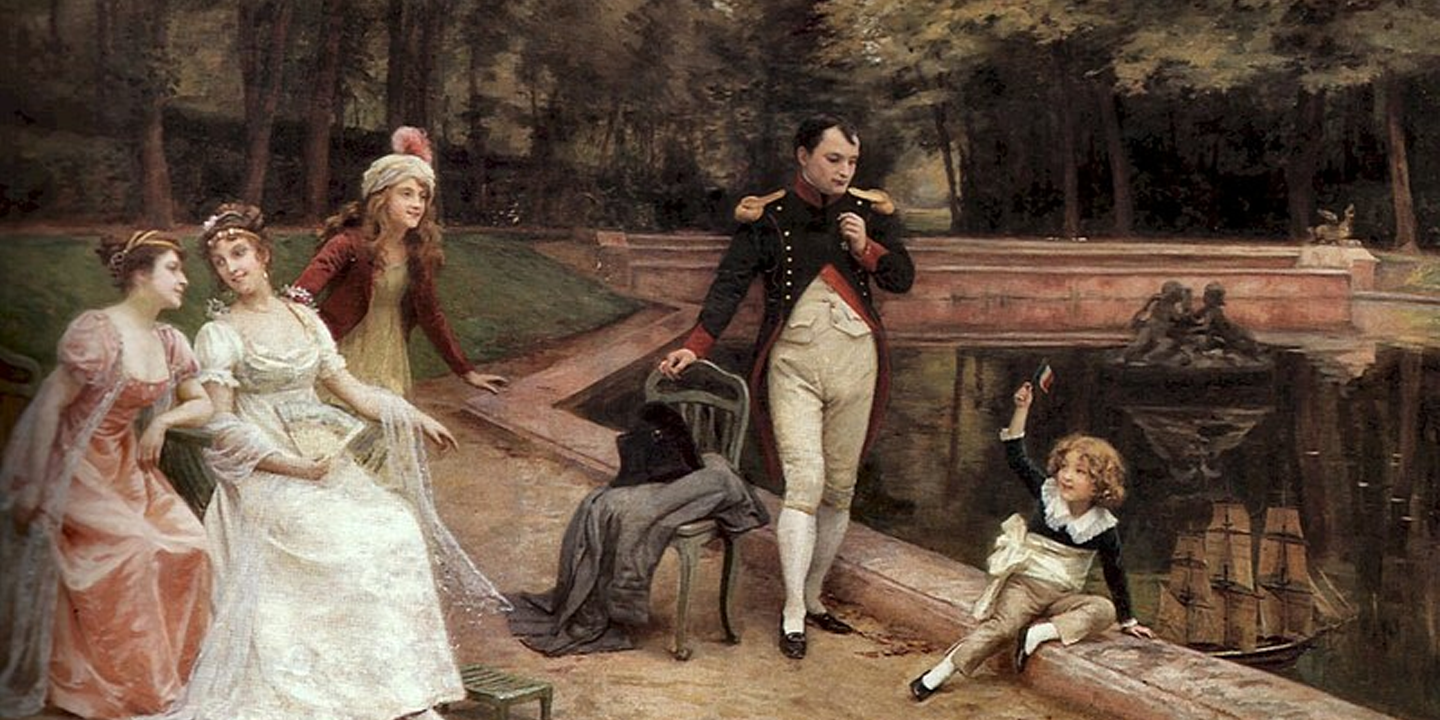
The 20 Most Recognized Historical Figures Of All Time
The Biggest Names In History. Although the Earth has been…
By Cathy Liu Oct 4, 2024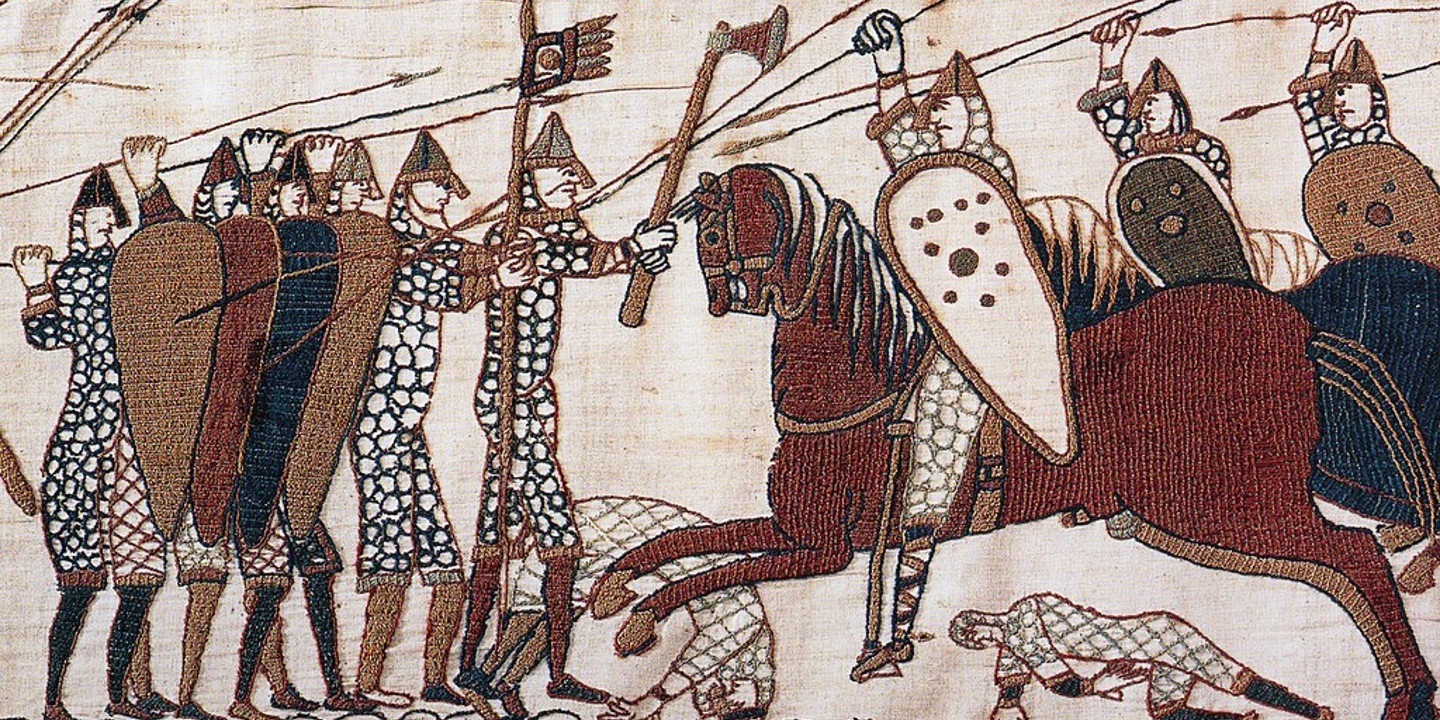
10 of the Shortest Wars in History & 10 of…
Wars: Longest and Shortest. Throughout history, wars have varied dramatically…
By Emilie Richardson-Dupuis Oct 7, 2024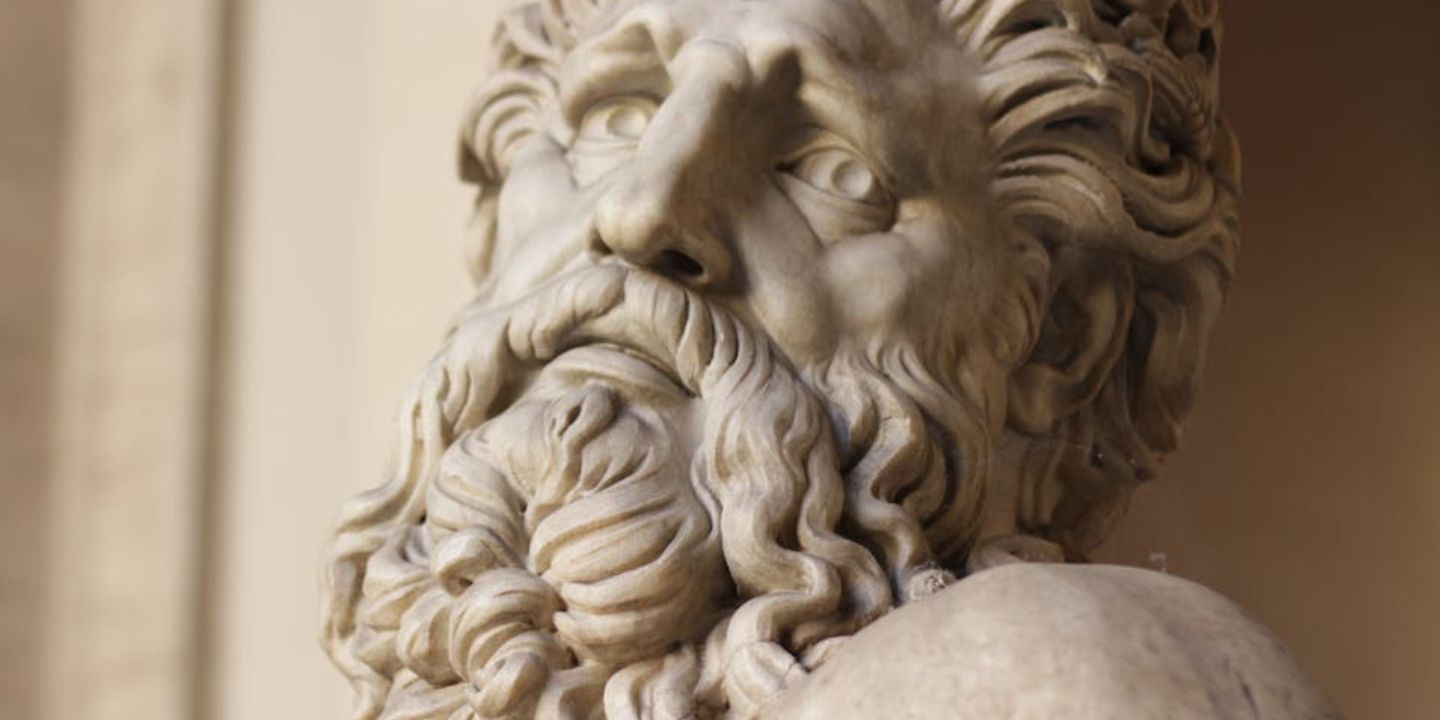
10 Fascinating Facts About Ancient Greece You Can Appreciate &…
Once Upon A Time Lived Some Ancient Weirdos.... Greece is…
By Megan Wickens Oct 7, 2024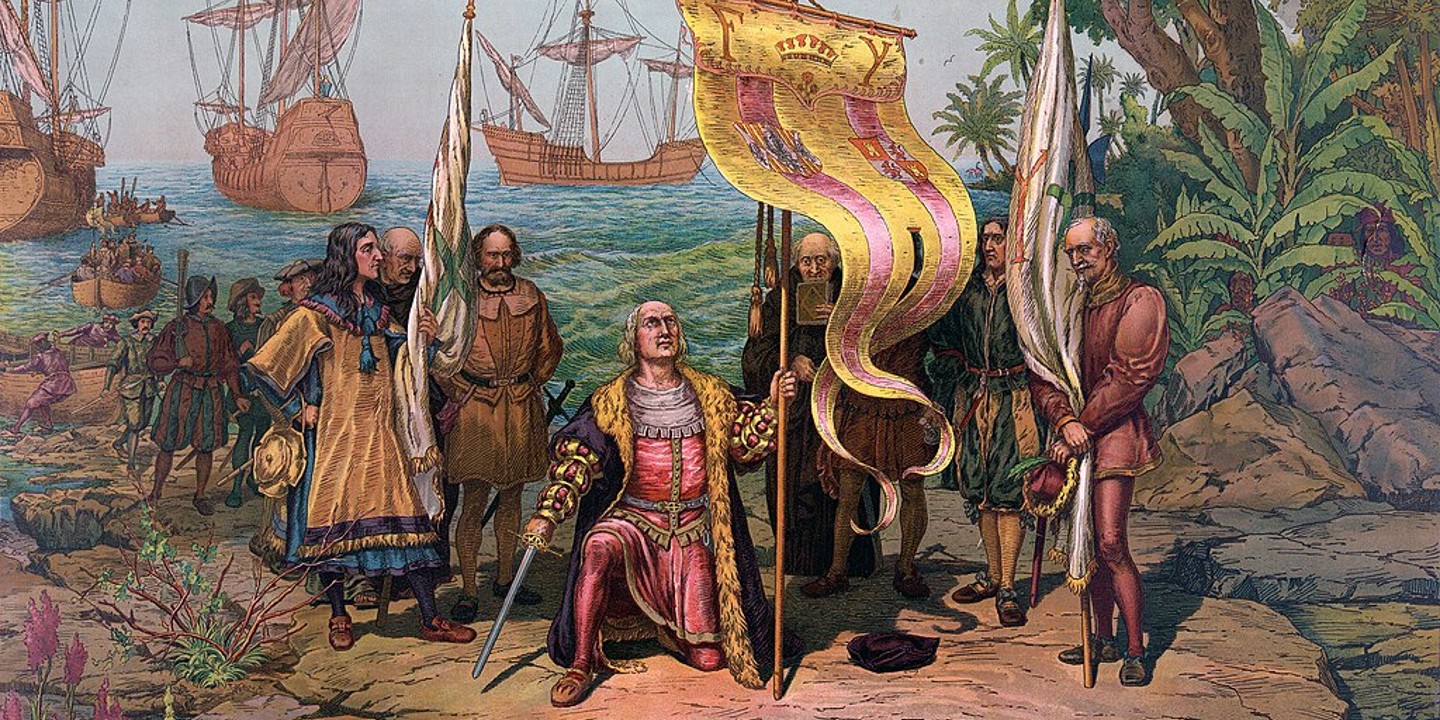
20 Lesser-Known Facts About Christopher Columbus You Don't Learn In…
In 1492, He Sailed The Ocean Blue. Christopher Columbus is…
By Emilie Richardson-Dupuis Oct 9, 2024
20 Historical Landmarks That Have The Craziest Conspiracy Theories
Unsolved Mysteries Of Ancient Places . When there's not enough evidence…
By Megan Wickens Oct 9, 2024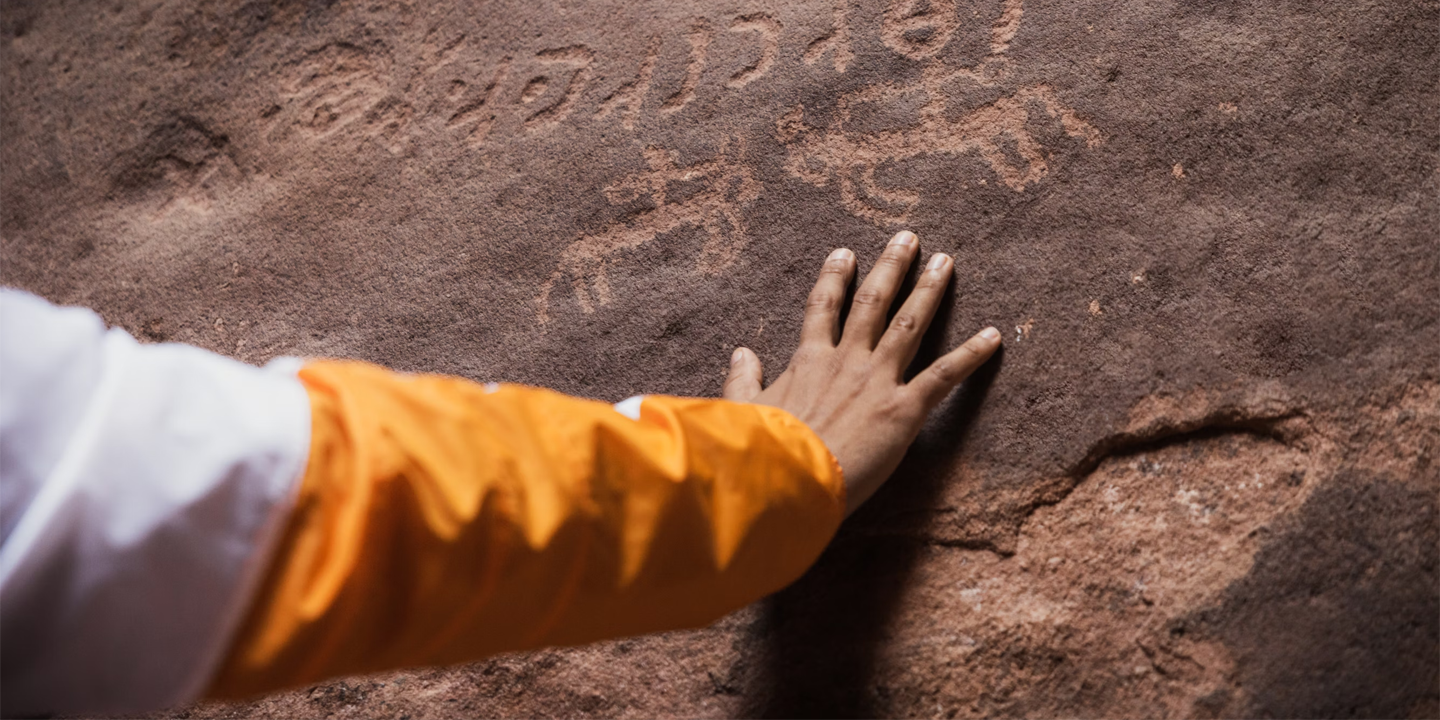
The 20 Craziest Inventions & Discoveries Made During Ancient Times
Crazy Ancient Inventions . While we're busy making big advancements in…
By Cathy Liu Oct 9, 2024